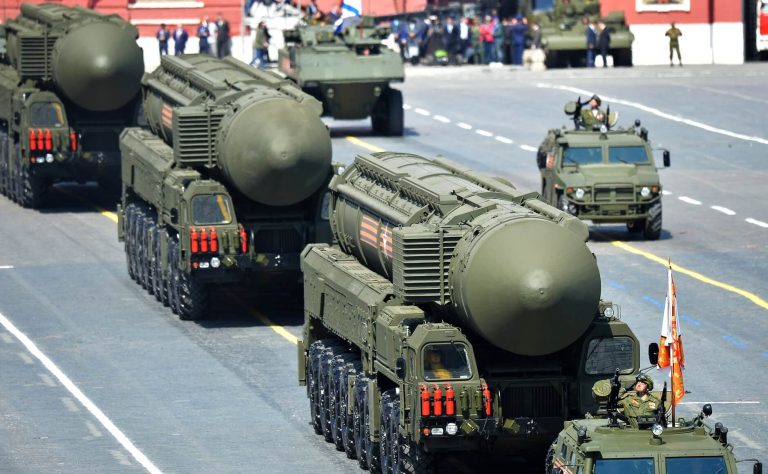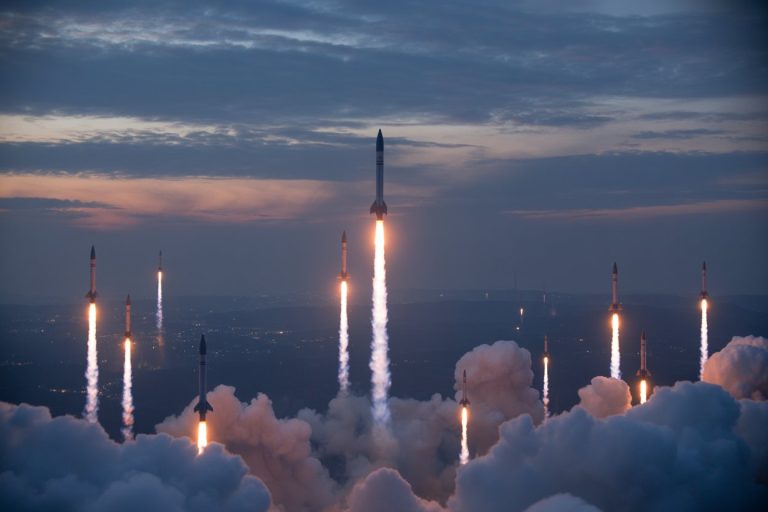Today, the United States and Russia are seen as rivals. Their relations are filled with mistrust, sanctions, and military tension. But what if I told you… there was a time when these two powerful nations were actually friends?
In fact, not only were they allies in one of the biggest wars in history, but America also sent billions of dollars’ worth of weapons, trucks, and food to support the Soviet Union.
🇺🇸🤝🇷🇺 1. The American Civil War (1860s)
- What happened: During the U.S. Civil War, Russia sent its navy to American ports (New York and San Francisco) to deter British or French intervention in favor of the Confederacy.
- Why: Russia didn’t want Britain and France to support separatists (similar to Russian fears about Poland and others at the time).
- Impact: Many Americans viewed Russia as a “friend in time of need.”
- Unique fact: This was before the Cold War tensions ever began.
🌍 2. World War II (1941–1945) – The Grand Alliance
- What happened: The U.S., USSR, and UK were military allies against Nazi Germany.
- Key cooperation:
- Lend-Lease Act: The U.S. sent $11 billion+ in aid to the Soviet Union (tanks, planes, food, trucks).
- Joint military strategy at Tehran, Yalta, and Potsdam.
- But: Mutual suspicion was already brewing even during the war.
🔒 3. 1920s Secret Military Cooperation (as discussed earlier)
- What happened: Post-WWI, Germany and the USSR trained troops together, and U.S. companies traded with Soviet industries even before formal diplomatic recognition.
- U.S. officially recognized the Soviet Union in 1933 under FDR.
🌐 4. Post-Cold War (1991–early 2000s) – Brief Friendship
- What happened: After the Soviet Union collapsed in 1991:
- The U.S. helped dismantle nuclear weapons in former Soviet states (via Nunn-Lugar Program).
- Russia joined NATO’s Partnership for Peace.
- Even discussed joining NATO at one point (Yeltsin era).
- But: Relations soured again by 2008 (Georgia), then Crimea (2014), and the current state.
At different times in history, they stood together—against slavery, against fascism, against nuclear disaster. But their differences in values, politics, and global power ambitions always pulled them apart. Still, these forgotten chapters of cooperation show us that even rivals can work together—when the stakes are high enough.







